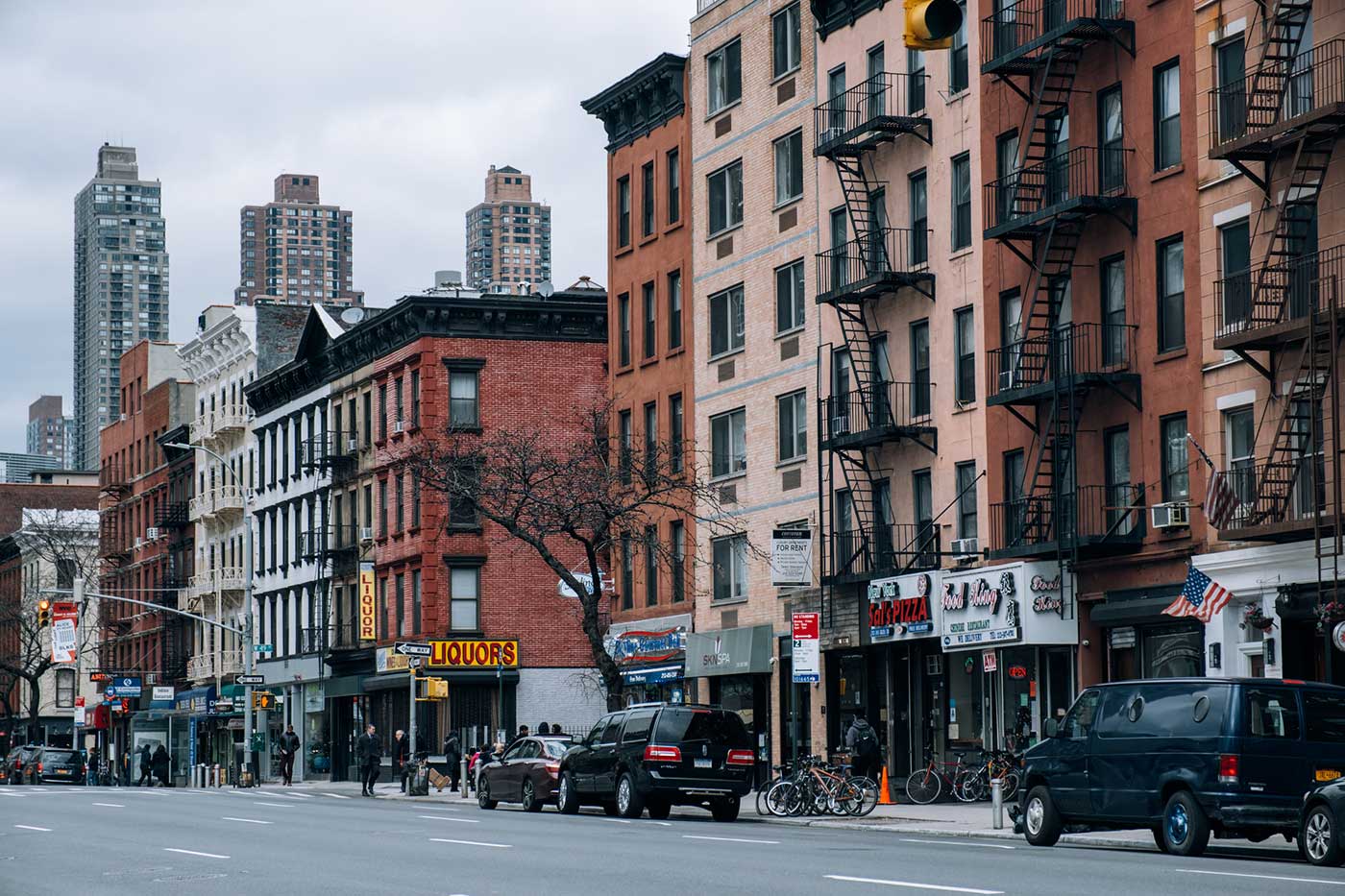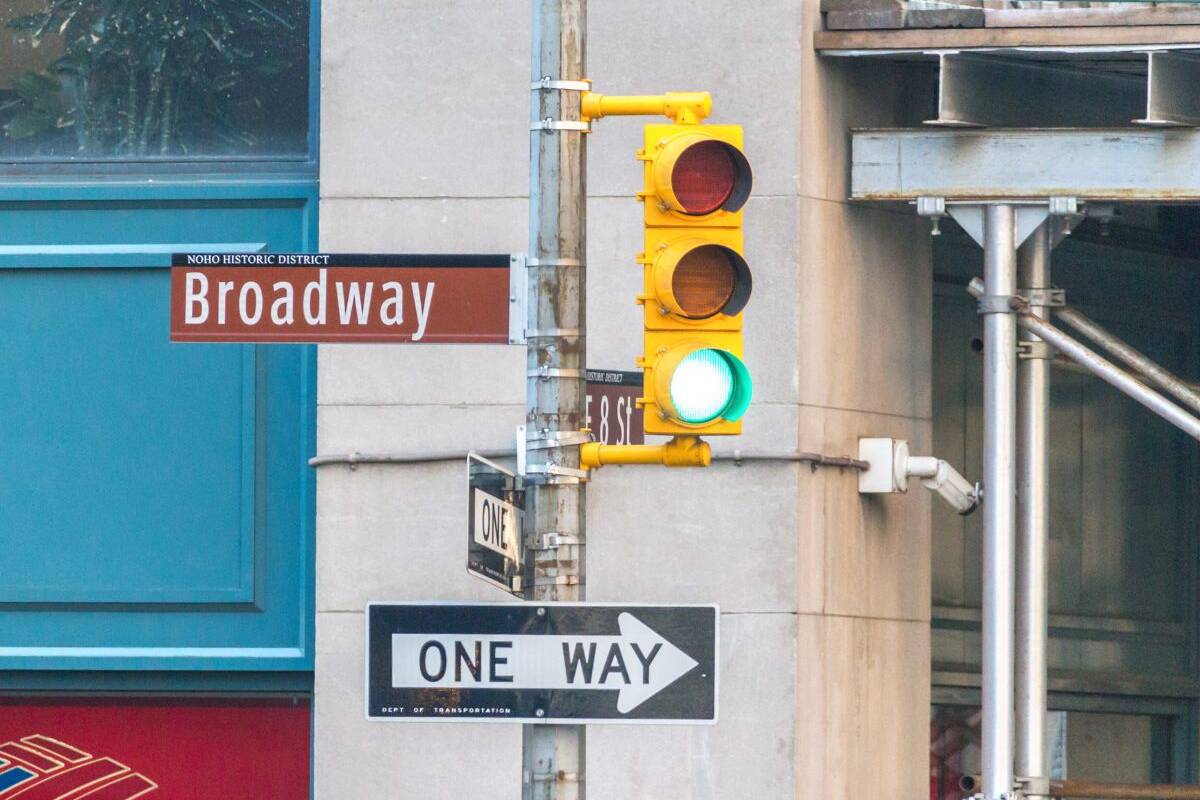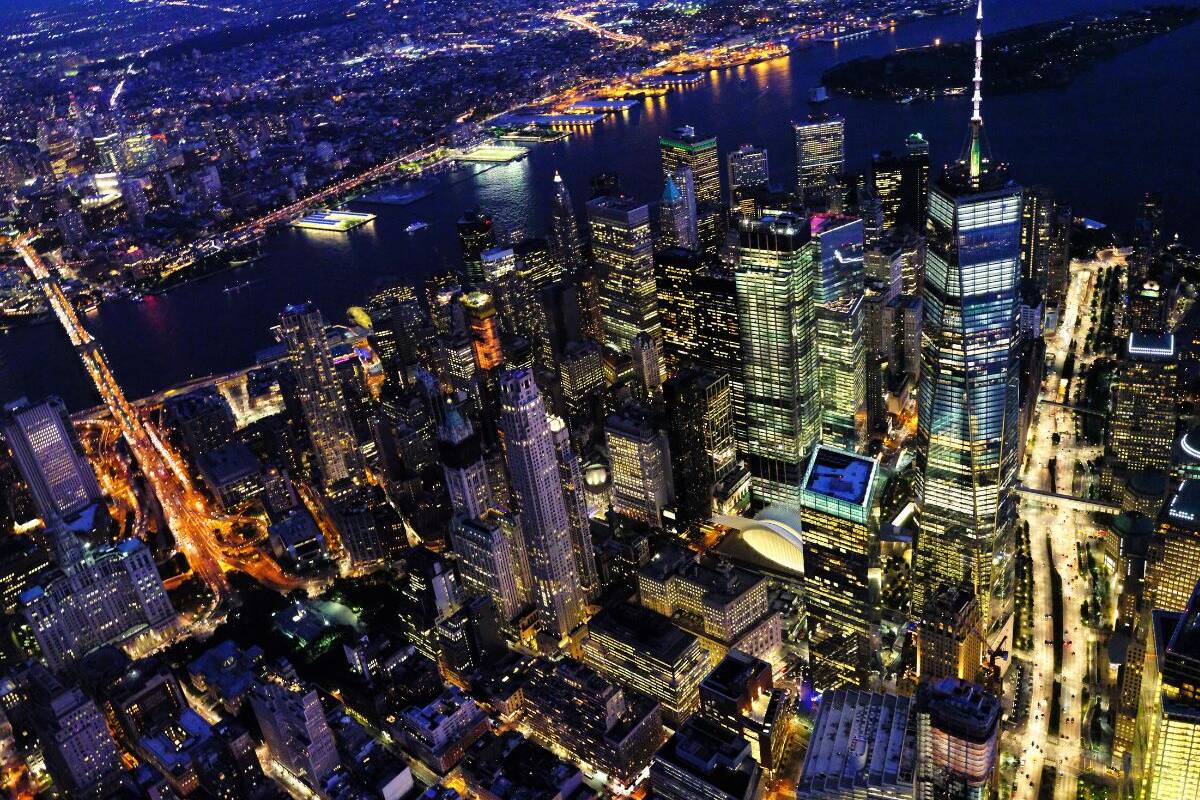Times Square, a crazy busy place with the giant billboards, tourists taking selfies, and folks dressed in costumes. It just screams “New York City!” Times Square is one of the most famous spots in the world. But it didn’t always look so bright and flashy like it does today. It changed a lot over many years to become the one-of-a-kind place it is now. Let’s take a walk through Times Square’s history.
Table of Contents
Rural Roots: From Farmland to Long Acre Square
Way back in the early 1600s, this area was just marshes and creeks outside New Amsterdam where the Dutch had settled. It was called Great Kill since it was great for fishing and hunting for the Native Americans and colonists. Not exactly a hot spot.
Moving ahead, the British take over New York in 1664. More and more colonists arrive, and the city starts growing north. Streets get laid out in an orderly grid pattern.
By the early 1800s, the formerly rural area became known as Long Acre Square. It was named after some neighborhood in London where carriages were popular. Compared to busy London, Long Acre Square was still just a modest, low-key intersection surrounded by farmland. But big changes were coming!
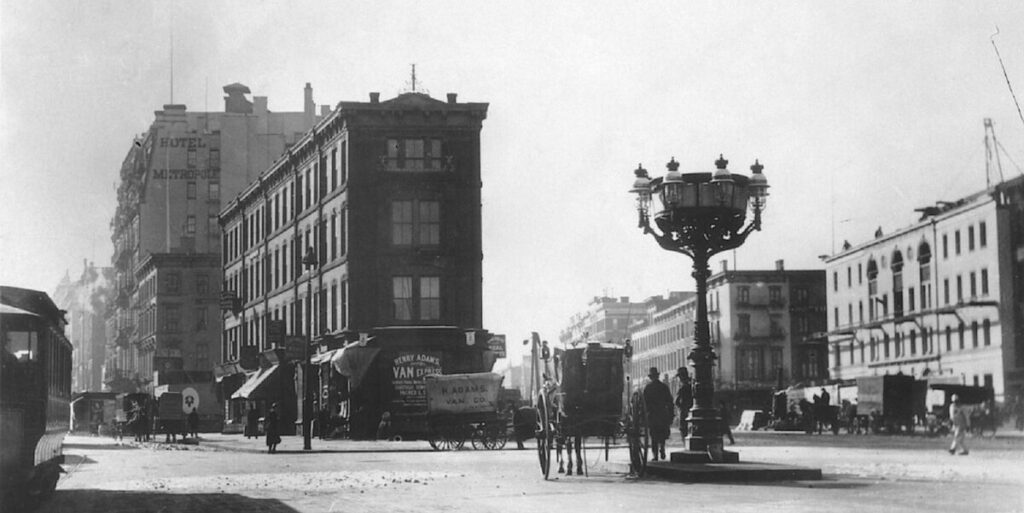
Theater Changes Everything
In the late 1800s, Long Acre Square was a stopping point for horses and buggies traveling up Broadway. It had stables, riding schools – basically a rest stop for your horse. But soon a brand new entertainment would leave its mark on the neighborhood.
As theaters popped up along Broadway in the 1890s, Long Acre Square rapidly transformed into the heart of New York’s theater district. Visionary producers like Oscar Hammerstein I erected extravagant new venues like the Olympia Theatre and the scandalous Tenderloin to meet surging demand.
It’s hard to imagine Times Square now without the bright lights of Broadway. But back then, it was bold producers and showmen who laid the foundations for New York’s now-legendary theater district. Their creations changed a sleepy area into a cultural center almost overnight.
When the 1900s arrived, Long Acre Square had become a thriving urban entertainment zone – filled with crowds of theatergoers, curious tourists, and the intoxicating electricity of city life after dark. The basic ingredients of Times Square were starting to take shape. And one business deal would cement its iconic identity.
The New York Times Moves In
In 1904, the New York Times relocated its headquarters to Long Acre Square. Seizing on the marketing potential, the city swiftly renamed the neighborhood “Times Square” after the influential newspaper.
Just one month later, the first electrical billboards and advertising signs illuminated the building facades. These flickering beacons heralded a new era of mass commerce, tourism, and spectacle powered by artificial light. The iconic dazzling signs and billboards Times Square is now famous for emerged thanks to this milestone.
Over the next few decades, Times Square cemented itself as the epicenter of theater, advertising, and nightlife:
- Broadway entered a Golden Age, as dozens of landmark theaters like the glamorous Winter Garden packed in eager crowds. Stars like Al Jolson and Fanny Brice played to overflowing houses.
- Vibrant billboards and neon displays exploded in number, rapidly making Times Square the most densely advertised place on the planet.
- For both sophisticated city dwellers and wide-eyed rural tourists, Times Square became an electric carnival – “The Crossroads of the World.” A non-stop party zone where the regular rules didn’t apply.
But the party slowed when hard times hit America. As the Great Depression devastated Broadway, Times Square slipped into decline. The iconic New Year’s Eve ball drop continued, but the glory days were ending. After the free-spending Roaring Twenties, some troubling decades lay ahead.
Times Square’s Decades of Decline
The old theaters in Times Square struggled to survive as audiences shrank. Many turned to showing racy burlesque shows or adult films to try and pay the bills.
Then by the 1960s and 70s, Times Square became overrun with crime, drugs, prostitution and pornography. The once family-friendly neighborhood became a grimy “red light district”. Sleazy peep shows, adult bookstores and pickpockets took over 42nd Street, nicknamed “The Sleaziest Block in America.” It was a far cry from the glory days.
By the 1980s, Times Square symbolized all the problems facing New York City – litter everywhere, all-night peep shows, panhandlers on every corner, rampant crime. It seemed like this legendary place had hit rock bottom and lost its sparkle.
Then, in the 1990s New York City took on the huge job of trying to turn things around. After decades of neglect, officials aimed to clean up the red light district and make it safe for regular folks again.
It was a massive effort needing the city government, police, developers, businesses and nonprofits to pitch in. But together they took the first steps to try and get Times Square back on track.
Revitalization to Renewal
In the 1990s, New York City embarked on an ambitious campaign to revitalize Times Square. After decades of neglect, officials aimed to transform the red light district back into a safe, family-friendly hub.
It was a massive undertaking requiring cooperation between city government, the NYPD, private developers, corporations, nonprofit groups and local businesses. But through targeted planning, public-private partnerships and billions in investment, Times Square began a dramatic facelift.
Some of the major changes included:
- An aggressive crackdown on crime, drugs and quality-of-life issues by Mayor Giuliani and the NYPD. More officers patrolled the area and broken windows were fixed.
- Generous tax incentives from the city encouraged fresh corporate development. Towering new office buildings brought media, finance and law firms back to the neighborhood.
- Strategic rezoning allowed old cramped buildings to be replaced with glittering new skyscrapers, hotels and renovated theaters.
- The Walt Disney Company helped recruit major retailers and fun attractions like M&M’s World.
- The Times Square Alliance worked to improve the area’s image with events, info services, sanitation and beautification.
Thanks to billions in investment, public-private partnerships and a coordinated vision, Times Square was able to get rid of its seedy, dangerous reputation. By the early 2000s, it once again became a top global destination, proving urban renewal was possible against the odds.
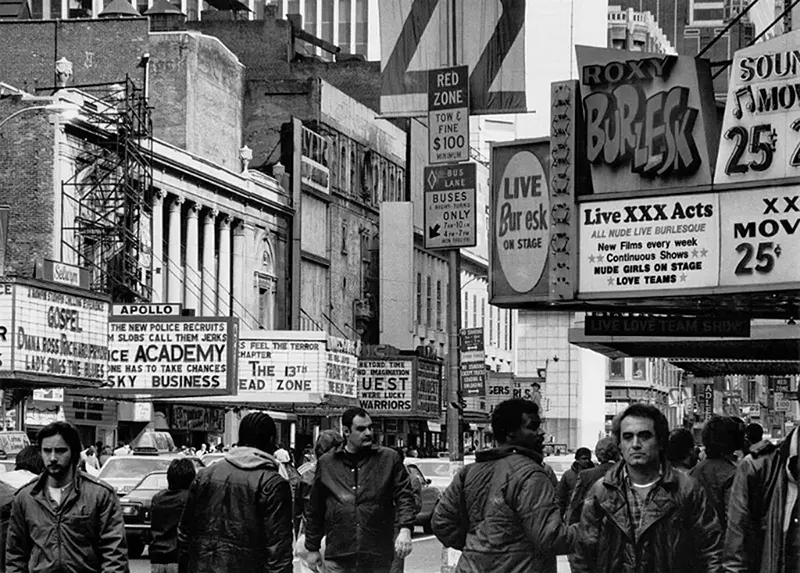
Times Square Today
Today, Times Square welcomed almost 40 million visitors annually before the COVID-19 pandemic, generating over $5 billion in economic activity from tourism alone. The neighborhood contains over 40 world-class theaters showing hit Broadway shows, countless glowing LED billboards, chain restaurants, hotels and flagship stores of top brands. And the New Year’s Eve Ball Drop remains one of the most watched broadcasts worldwide.
To manage overwhelming crowds, Broadway between 42nd and 47th Streets has been pedestrianized into a car-free urban plaza with tables, chairs and wide sidewalks. The Times Square subway station is the busiest in the entire system.
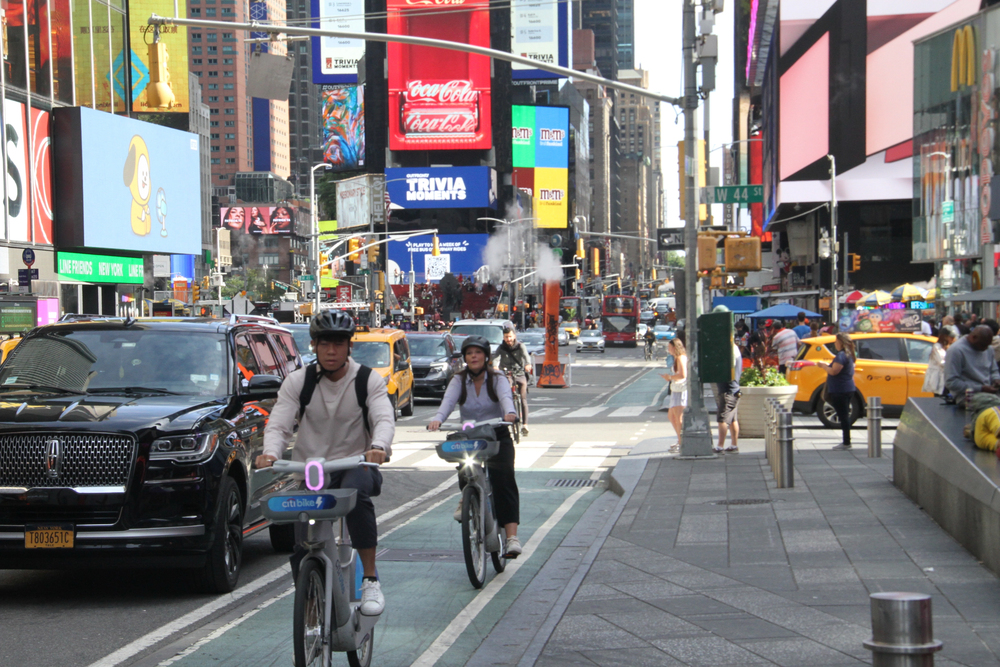
From Country Roads to City Lights
The Times Square subway station is always packed with people hustling to catch their train. It’s the busiest station in New York’s whole subway system, which makes sense since everyone passing through Times Square needs to get around the city.
The story of Times Square really mirrors the history of New York City itself. It transformed from just a little intersection called Long Acre Square to the famous, vibrant Times Square we know today, just like New York grew from a small colonial town into a major global city.
For over a hundred years now, Times Square has also represented the energy, optimism, creativity and resilience of NYC. Its billboards and crowds capture the city’s restless, busy spirit. No matter what people think of big, busy Times Square today, it’s clearly become a permanent part of New York’s identity and culture.
So next time you’re standing in Times Square kind of amazed and overwhelmed by all the lights and crowds, take a second to think about the long history underneath your feet. The story of this place reflects the full history of New York City itself – from little settlement to the city that never sleeps. Times Square has been part of the whole journey!


